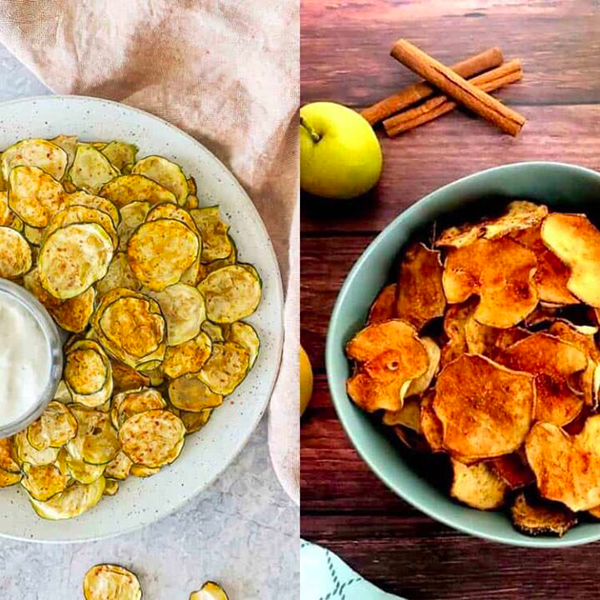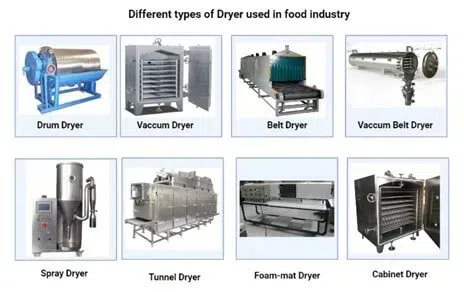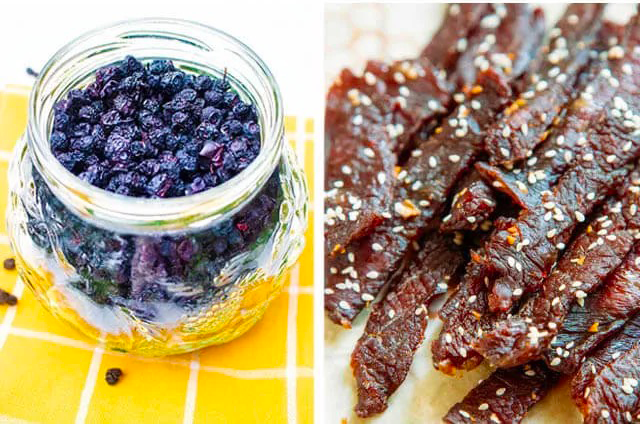In the realm of food drying technology, penetration type dryers have emerged as a highly efficient solution, particularly for products that can be stacked together. These dryers are designed to optimize energy usage while ensuring uniform drying, making them an attractive option for food manufacturers seeking to reduce operational costs without compromising product quality. This article delves into the advantages of penetration type dryers, their applications, and how they contribute to energy efficiency in the food processing industry.

Introduction to Penetration Type Dryers
Penetration type dryers are engineered to handle a wide range of food products, including nuts, spices, seeds, beans, and more. Their capacity varies from 300 to 10 tons, making them suitable for both small-scale and large-scale operations. The patented half-vacuum air duct design allows for even drying even when products are stacked, ensuring consistent quality across batches.
Key Features of Penetration Type Dryers
1. Energy Efficiency: These dryers use only 25% of the electricity compared to traditional dryers, significantly reducing energy costs.
2. Temperature Control: Adjustable temperature settings from 18-80℃ enable hot drying, cool drying, and dehumidification functions, catering to various food types.
3. Uniform Drying: The half-vacuum design ensures that heat is evenly distributed throughout the stacked products.
Applications of Penetration Type Dryers
Penetration type dryers are versatile and can be used for drying a variety of food products:
1. Nuts and Seeds: Ideal for drying peanuts, sunflower seeds, pumpkin seeds, etc.
2. Spices: Suitable for drying cardamom, cloves, red pepper, aniseed, etc.
3. Beans and Cocoa: Effective for drying coffee beans and cocoa beans.
Energy Efficiency Advantages
The energy efficiency of penetration type dryers is a significant advantage over traditional drying methods. By using less electricity, these dryers not only reduce operational costs but also contribute to a more sustainable food processing environment.
Comparison with Traditional Dryers
| Feature | Traditional Dryers | Penetration Type Dryers |
| Energy Consumption | High | Low (25% of traditional) |
| Temperature Control | Limited | Adjustable (18-80℃) |
| Drying Uniformity | Variable | Consistent |
Technical Innovations in Penetration Type Dryers
Recent innovations in drying technology have further enhanced the efficiency and effectiveness of penetration type dryers. These include advanced temperature control systems and improved air circulation designs that ensure optimal drying conditions.
Advanced Temperature Control
Modern penetration type dryers often include sophisticated temperature control systems that can automatically adjust heating and cooling to maintain optimal drying conditions. This not only ensures product quality but also reduces energy waste by preventing overheating.
Enhanced Air Circulation
The half-vacuum air duct design in these dryers facilitates better air circulation, which is crucial for uniform drying. This design ensures that all products, even when stacked, receive consistent airflow, leading to faster and more efficient drying.

Case Studies: Real-World Applications
Several food manufacturers have successfully integrated penetration type dryers into their production lines, achieving significant reductions in energy costs and improvements in product quality.
Example 1: Nut Processing Facility
A nut processing facility in Asia adopted penetration type dryers for drying peanuts and almonds. They reported a 30% reduction in energy costs and a 20% increase in production efficiency due to the uniform drying capabilities.
Example 2: Spice Drying Plant
A spice drying plant in Europe used penetration type dryers for drying cardamom and cloves. They noted a 25% decrease in energy consumption and a 15% improvement in product quality, thanks to the precise temperature control.
Maintenance and Upkeep
To ensure optimal performance and longevity of penetration type dryers, regular maintenance is crucial. This includes cleaning the air ducts, checking temperature sensors, and replacing worn-out components.
Best Practices for Maintenance
1. Regular Cleaning: Clean the air ducts and product trays after each use to prevent moisture buildup.
2. Temperature Sensor Calibration: Regularly calibrate temperature sensors to ensure accurate readings.
3. Component Replacement: Replace worn-out parts promptly to maintain efficiency.
Future Developments in Penetration Type Dryers
As technology continues to evolve, penetration type dryers are expected to integrate more advanced features, such as AI-driven temperature control and smart energy management systems. These innovations will further enhance their energy efficiency and adaptability to different food products.
AI-Driven Temperature Control
Future models may incorporate AI algorithms that can predict optimal drying conditions based on real-time data, further optimizing energy usage and product quality.
Smart Energy Management
Integration with smart energy management systems will allow penetration type dryers to dynamically adjust energy consumption based on real-time energy availability and demand.
Conclusion
Penetration type dryers offer a compelling solution for food manufacturers seeking to enhance energy efficiency while maintaining product quality. Their ability to handle stacked products with uniform drying, combined with significant energy savings, makes them an attractive choice for a wide range of food drying applications.

Frequently Asked Questions
1. What are the primary advantages of penetration type dryers?
Penetration type dryers offer energy efficiency, uniform drying, and adjustable temperature control, making them ideal for various food products.
2. How do penetration type dryers achieve energy efficiency?
These dryers use a patented half-vacuum air duct design and consume only 25% of the electricity compared to traditional dryers, significantly reducing energy costs.
3. What types of food products are suitable for penetration type dryers?
Penetration type dryers are suitable for drying nuts, spices, seeds, beans, coffee beans, cocoa beans, and more.
4. How does the temperature control system in penetration type dryers work?
The temperature control system allows for adjustable settings from 18-80℃, enabling hot drying, cool drying, and dehumidification functions. It also includes automatic adjustments to maintain optimal drying conditions.
5. What are the environmental benefits of using penetration type dryers?
By consuming less energy, penetration type dryers contribute to a more sustainable food processing environment, reducing carbon emissions and operational costs.
Citations:
[1] https://www.dryeratech.com/penetration-type-dryer-machine.html
[2] https://archive.nptel.ac.in/content/storage2/courses/103103027/pdf/mod4.pdf
[3] https://patents.google.com/patent/CN110207480A/zh
[4] https://www.aimheatpump.com/products-78591
[5] https://www.chemengonline.com/solids-drying-basics-and-applications/?printmode=1
[6] https://patents.google.com/patent/WO2022068971A1/zh
[7] https://www.iqsdirectory.com/articles/dryer/types-of-dryers.html
[8] https://core.ac.uk/download/pdf/77030513.pdf
[9] https://gcwgandhinagar.com/econtent/document/1588156026Unit%20V%20Types%20of%20dryers%20and%20their%20applications.pdf











